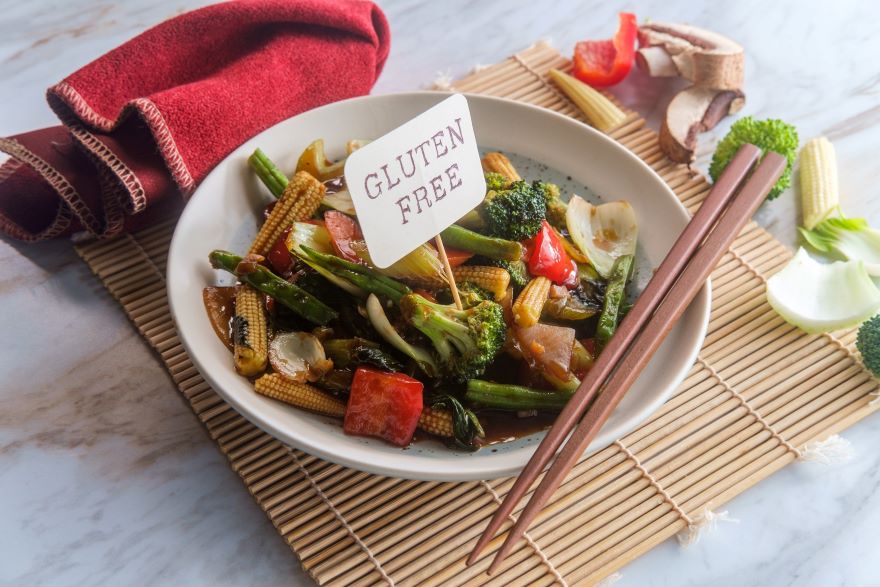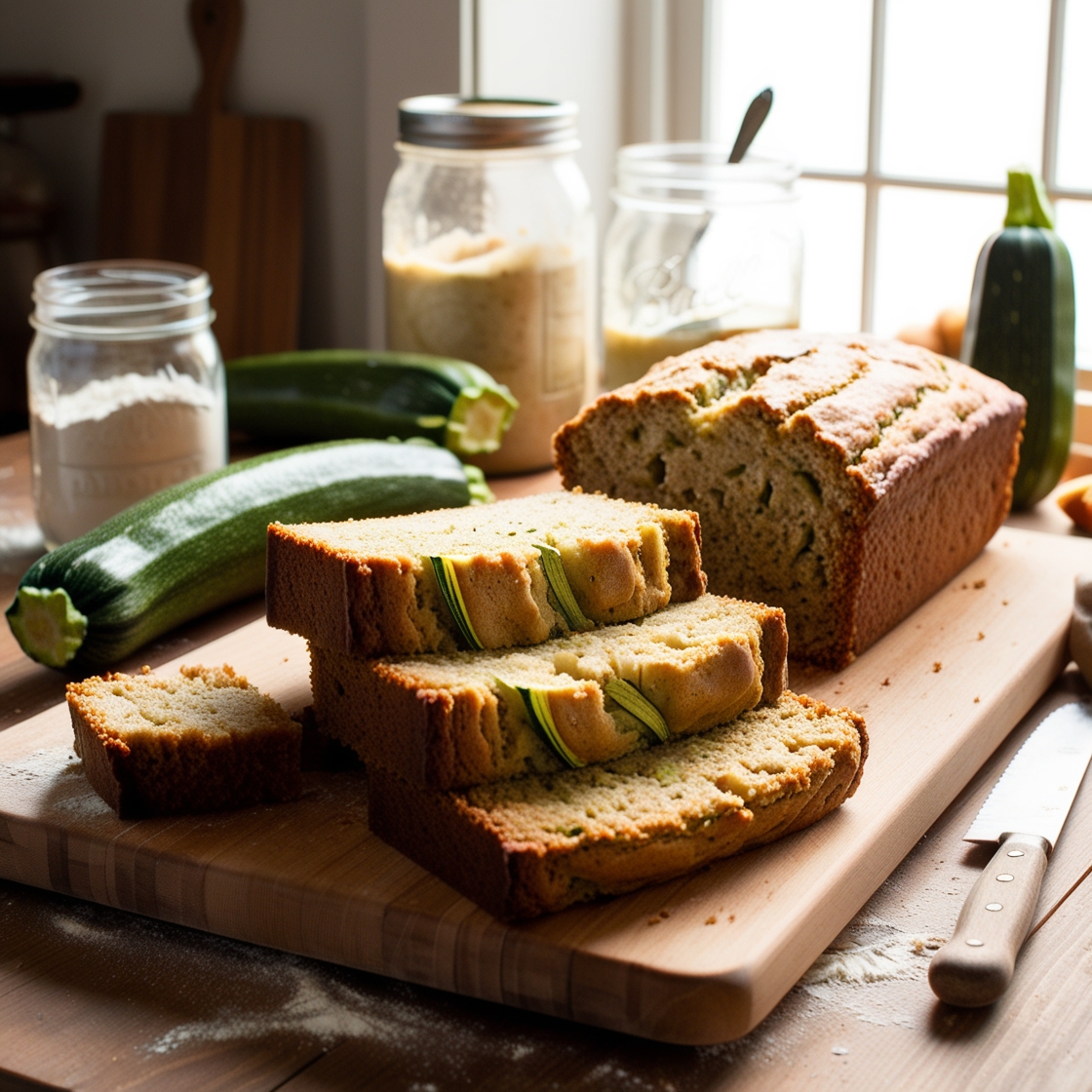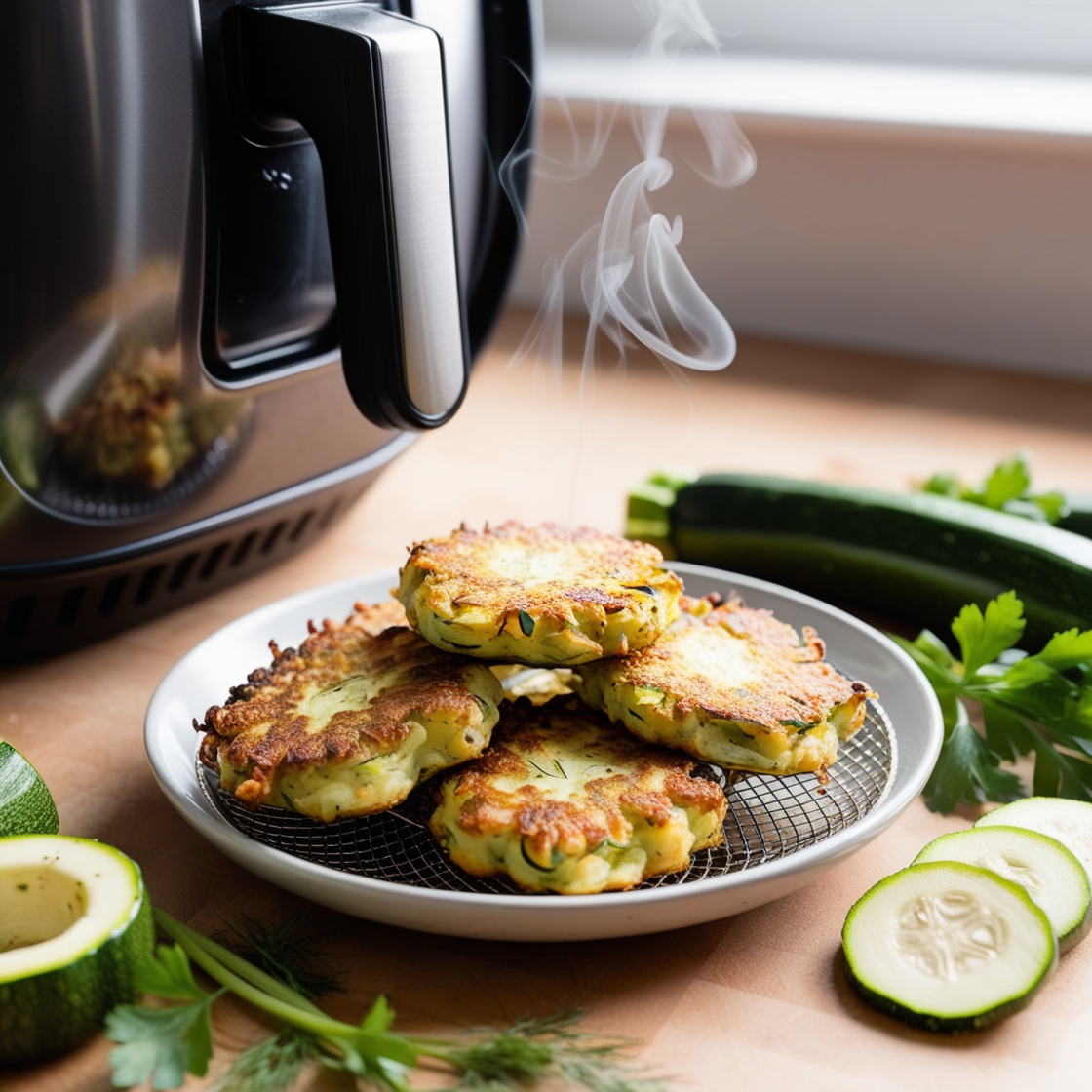When I first learned I had to cut gluten from my diet, I felt lost. Gone were my favorite quick meals, and I worried I’d never enjoy food again. But then I discovered the magic of gluten-free stir fries, and everything changed. I’m excited to share my journey with you, hoping it might inspire your own culinary adventures.

My First Gluten-Free Stir-Fry: Chicken Rebirth
I’ll never forget the day I created my first successful gluten-free stir fry. After weeks of bland, uninspiring meals, I was desperate for something that tasted good and made me feel good, too.
The Story Behind the Recipe
I’d been craving the comforting flavors of my mom’s chicken stir-fry, but her recipe relied heavily on soy sauce—a no-go in my new gluten-free life. Determined to recreate those flavors, I spent hours researching alternatives. That’s when I stumbled upon coconut aminos.
Ingredients:
- 1 lb organic chicken breast, sliced
- 2 cups mixed bell peppers, sliced
- 1 cup snap peas
- 1 cup carrots, julienned
- 2 cloves garlic, minced
- 1 inch ginger, grated
- 3 tablespoons coconut aminos
- 1 tablespoon rice vinegar
- 1 tsp sesame oil
- 1 tbsp arrowroot starch
- 2 tbsp water
- Coconut oil for cooking
Preparation:
- Mix coconut aminos, rice vinegar, sesame oil, arrowroot starch, and water in a bowl. Set aside.
- Heat coconut oil in a wok over high heat.
- Add chicken and stir-fry until almost cooked through. Remove and set aside.
- In the same wok, stir-fry garlic and ginger for 30 seconds.
- Add vegetables and stir-fry for 2-3 minutes until crisp-tender.
- Return chicken to the wok, add sauce, and cook until everything is well coated and heated through.
The carrots and snap peas in this recipe came straight from my garden, adding an extra layer of freshness and satisfaction to the dish.
The Emotional Impact

Taking that first bite was a revelation. The flavors danced on my tongue—savory, slightly sweet, with a hint of nuttiness from the sesame oil. But more than that, I felt a surge of hope. I realized that gluten-free didn’t mean flavor-free. This dish opened my eyes to the possibilities of delicious, satisfying meals that fit within my new dietary needs.
Overcoming Obstacles
Making this a regular part of my routine wasn’t without challenges. Sourcing gluten-free ingredients took time, and I had to learn to read labels meticulously. But each successful meal boosted my confidence, pushing me to experiment more.
Leveling Up: The “Comfort Zone Crusher” Tofu Stir-Fry
As I grew more comfortable with gluten-free cooking, I decided to push my boundaries further. Enter the tofu stir fry that changed my relationship with plant-based proteins.
The Inspiration
I’d always been a meat eater, viewing tofu as bland and uninspiring. But after chatting with a vegan friend about the health benefits of tofu, I decided to give it a shot. This recipe was born from my determination to create a tofu dish I’d actually crave.
Ingredients:
- 1 block extra-firm tofu, pressed and cubed
- 2 cups broccoli florets
- 1 cup mushrooms, sliced
- 1 cup baby spinach
- 2 cloves garlic, minced
- 1 tbsp grated ginger
- 3 tbsp gluten-free tamari
- 1 tablespoon maple syrup
- 1 teaspoon rice vinegar
- 1 tbsp cornstarch
- 2 tbsp water
- Olive oil for cooking
Preparation:
- Mix tamari, maple syrup, rice vinegar, cornstarch, and water. Set aside.
- Heat avocado oil in a wok over medium-high heat.
- Add tofu cubes and cook until golden on all sides. Remove and set aside.
- In the same wok, stir-fry garlic and ginger for 30 seconds.
- Add broccoli and mushrooms, stir-frying for 2-3 minutes.
- Return tofu to the wok, add sauce, and cook until everything is well coated.
- Toss in baby spinach and cook until just wilted.
The broccoli and spinach I used were homegrown. Their vibrant colors are a testament to the care I’d put into nurturing them from seed to harvest.
A surprising revelation
I was shocked by how much I loved this dish. The tofu, crispy on the outside and tender inside, soaked up the savory-sweet sauce beautifully. I felt satisfied but light, energized instead of sluggish. It was a game-changing moment in my gluten-free journey.
The Learning Curve
Mastering tofu was tricky. My first attempts were soggy and bland. I learned the importance of pressing tofu to remove excess moisture and the magic of cornstarch for achieving that perfect crispy exterior. Each failure taught me something new, fueling my determination to get it right.
A game-changing investment in my tofu journey was the TofuXpress Gourmet Tofu Press. This premium press eliminates the hassle of stacked plates and paper towels, delivering consistently firm tofu that’s perfect for achieving that crispy exterior in stir-fries.
- The LAST Tofu Press You'll Ever Buy!
- Ultra Heavy Duty Pressing Weight
- No Springs, No Rubber Bands, No Cheap Plastic Parts!
- Made in the USA from Stainless Steel - We Cut, We Weld, We Grind & We Buff Each Press to a Perfect State of Zen!
From Soil to Skillet: Growing My Own Stir-Fry Ingredients
As I delved deeper into my gluten-free cooking adventure, I realized I could take it a step further by growing some of my own ingredients. This not only ensured I had the freshest, most flavorful produce for my stir-fries, but it also connected me more intimately with my food.
Starting Small: Herb Garden
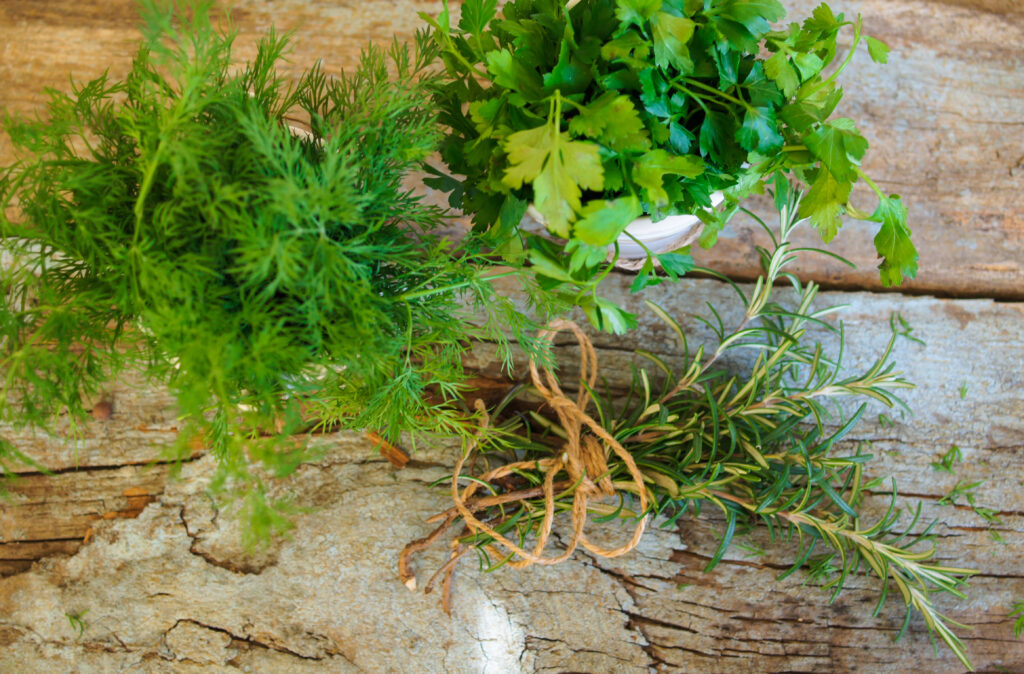
I started with a small herb garden on my windowsill. The fragrant basil, cilantro, and chives I grew added a burst of flavor to my stir-fries and gave me a sense of pride every time I snipped off a few leaves for cooking.
Expanding to Vegetables
Encouraged by my success with herbs, I decided to try my hand at growing vegetables. I started with some easy-to-grow options that are perfect for stir-fries:
- Cherry Tomatoes: These little flavor bombs were surprisingly easy to grow in containers on my balcony.
- Bell Peppers: I grew a variety of colors, each adding its own unique sweetness to my dishes.
- Snow Peas: These fast-growing climbers produced a bountiful harvest, perfect for adding crunch to my stir-fries.
- Kale: This hardy green thrived in my small garden plot and became a staple in my “Global Fusion” Quinoa Stir-Fry.
While I started with basic pots, upgrading to the AeroGarden Ultra LED Indoor Garden revolutionized my herb growing. Its automated lighting and hydroponic system ensures I always have fresh herbs on hand for my stir-fries, regardless of the season.
- THE NEW REIMAGINED BOUNTY - Perfect for a variety of BIG harvests (herbs, salads, tomatoes, peppers & more). Your Wifi enabled and Alexa compatible garden allows you to stay in control of the new features including a 3 step water level indicator and easy quick plant set up. Up your garden game and get the new and improved Bounty today
- IN-HOME GARDEN SYSTEM - Home grown freshness & flavor right at your fingertips 365 days a year! Grow fresh herbs & veggies right on your kitchen countertop with this indoor herb garden
- NO SOIL, NO MESS - Plants grow in water with this hydroponic growing system. Grow up to 9 plants, up to 24“ tall in your indoor garden. Just drop in the non-GMO, pre-seeded pods and watch them grow. Sprouts in days, harvests in weeks and lasts for months with a 100% germination
- THE WORLD'S LEADING COUNTERTOP GARDEN - Energy efficient 40 watt LED Grow Lights deliver the perfect spectrum for fast growth & big harvests. Smart garden technology automatically turns lights on & off and reminds you when to add water and liquid plant food
- INCLUDES EVERYTHING YOU NEED TO GROW - Includes Seed Pod Kit with Pre-seeded Pods, Liquid Plant Food and a Quick Start Guide; Also includes a 6-inch tall trellis
The Joy of Homegrown
There’s something magical about walking out to your garden, picking fresh vegetables, and immediately incorporating them into your cooking. The flavors were incomparable, and knowing exactly where my food came from gave me peace of mind in my gluten-free journey.
The Culmination: “Global Fusion” Quinoa Stir-Fry
My culinary horizons expanded with each successful dish, inspiring me to blend flavors and techniques from around the world. This recipe marks the pinnacle of my gluten-free stir-fry adventure—a dish that celebrates global flavors while nourishing body and soul.
Breaking Culinary Boundaries
I created this recipe for a potluck dinner with friends. I wanted to show that gluten-free cooking could be exciting, nutritious, and suitable for various dietary needs. It was my way of bringing people together through food, just like in the pre-gluten-free days.
Ingredients:
- 1 cup quinoa, cooked and cooled
- 1 cup chickpeas, drained and rinsed
- 1 cup sweet potato, diced and roasted
- 1 cup kale, chopped
- 1/2 cup pomegranate seeds
- 1/4 cup pumpkin seeds
- 2 tbsp olive oil
- 1 tsp cumin
- 1 tsp smoked paprika
- Juice of 1 lemon
- Salt and pepper to taste
Preparation:
- Heat olive oil in a large skillet or wok over medium heat.
- Add cooked quinoa, stirring to coat with oil.
- Add chickpeas, roasted sweet potato, cumin, and smoked paprika. Stir-fry for 2-3 minutes.
- Add kale and cook until just wilted.
- Remove from heat and stir in pomegranate seeds, pumpkin seeds, and lemon juice.
- Season with salt and pepper to taste.
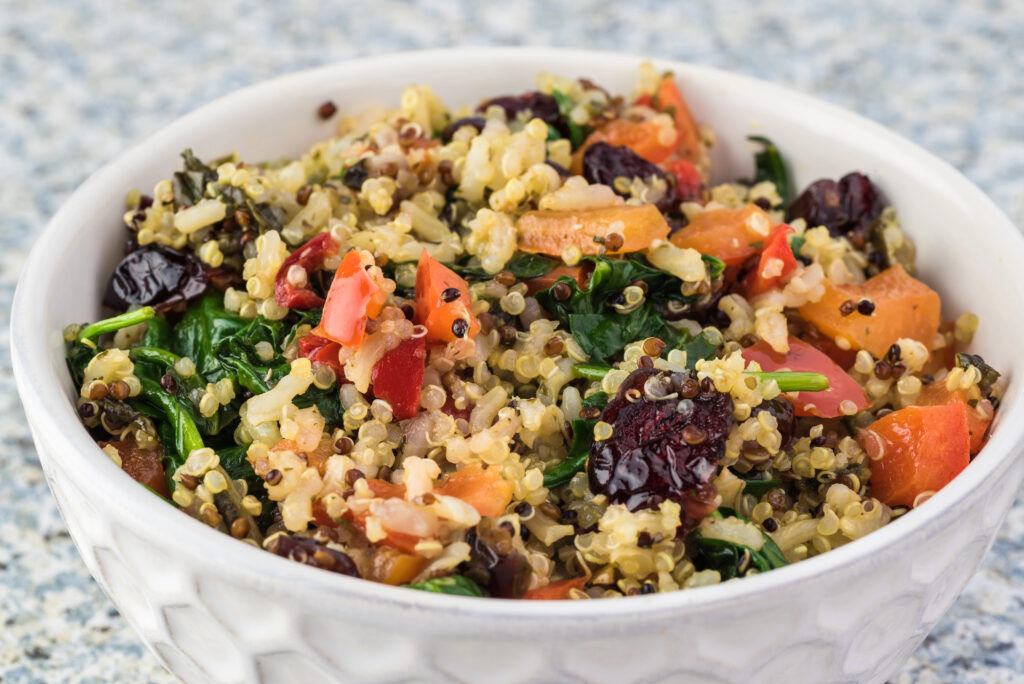
A Celebration of Freedom
This dish symbolizes how far I’ve come. Each ingredient represents a different part of my journey—the quinoa reminding me of my first forays into gluten-free grains, the middle-eastern spices echoing my growing confidence to experiment. When I shared it with my friends, watching their eyes light up as they tasted it, I felt a profound sense of joy and accomplishment.
Embracing Flexibility
Creating this recipe taught me the beauty of flexibility in cooking. I learned to adapt to what’s in season, substitute ingredients based on dietary needs, and trust my instincts. It’s a dish that evolves with each making, much like my own journey.
Reflections on My Gluten-Free Journey
Looking back, I realize that going gluten-free wasn’t just about changing my diet—it was about changing my entire approach to food and cooking. Here are some insights I’ve gained along the way:
- Patience is key. Learning to cook gluten-free takes time. Be kind to yourself through the process.
- Embrace whole foods: Focus on naturally gluten-free ingredients like vegetables, fruits, and lean proteins. They’re nutritious and less likely to contain hidden gluten.
- Get creative with seasonings: herbs, spices, and gluten-free sauces can transform simple ingredients into exciting meals.
- Don’t be afraid to experiment: Some of my best recipes came from “mistakes” or unexpected combinations.
- Connect with others: Sharing experiences and recipes with other gluten-free eaters can be incredibly supportive and inspiring.
The Bigger Picture
My journey with gluten-free stir-fries has been more than just about food; it’s been about rediscovering joy in cooking, nourishing my body, and connecting with others. Along the way, I’ve discovered game-changing products like Kikkoman Less Sodium Gluten Free Tamari Soy Sauce. This versatile sauce has become a staple in my kitchen, elevating my stir-fries, marinades, and dressings to new heights.
If you’re just starting your gluten-free journey, know that it gets easier, especially with products like this that don’t compromise on taste. More than that, it can open doors to culinary adventures you never imagined, from perfectly seasoned stir-fries to innovative dips that will wow your friends and family.
- 1 - 2 qt (1.89 L) jug of Kikkoman Less Sodium Gluten Free Tamari Soy Sauce
- 40% less sodium than our regular gluten free tamari
- Savory flavor and umami richness without gluten
- Perfect for dips, marinades, stir-fries and dressings
- Kosher and Non-GMO
Final Thoughts
Reflecting on my gluten-free stir-fry odyssey, I’m amazed by the unexpected treasures I’ve discovered along the way. What started as a daunting dietary restriction has blossomed into a passion for creative cooking and a deeper appreciation for the nourishing power of whole foods.
I’ve learned that limitations often lead to innovation. Each challenge I faced—from finding the right ingredients to mastering new cooking techniques—pushed me to grow not just as a cook but as a person. I’ve become more patient, more willing to embrace the unknown, and more appreciative of the simple pleasures of a well-cooked meal.
To anyone facing dietary changes, whether by choice or necessity, I want to say this: your new path may seem overwhelming at first, but it’s also an opportunity. An opportunity to explore new flavors, to nourish your body in new ways, and to connect with a community of people on similar journeys.
So, fire up that wok, grab your favorite gluten-free ingredients, and start creating. Who knows? You might just stir-fry your way to a whole new outlook on food and life. I know I did. And trust me, the view from here is pretty delicious.

*We may earn a commission for purchases made using our links. Please see our disclosure to learn more.

